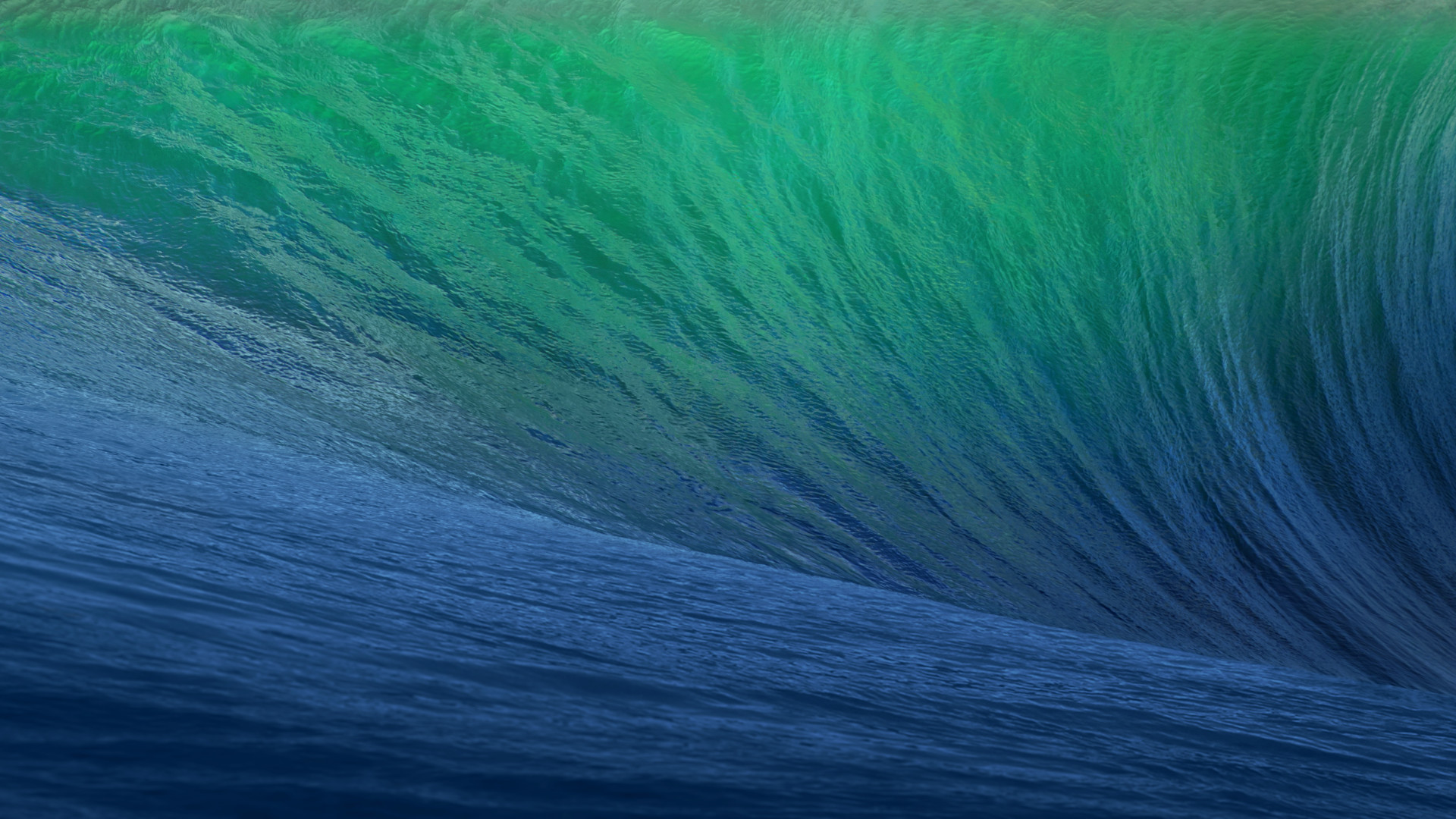

No design element has been overlooked and every window opened retains the overall look and feel better than any other desktop. That company is rumored to be Apple (a Black Lab Linux developer announced (in a goodbye letter) he was leaving the team to join Apple “…in a Linux endeavor they recently acquired.” It’s fairly easy to put that two and two together.) But still, until there are facts, it is conspiracy, at best.īut what is it about OS X that not only draws the users, but has Linux developers scrambling to clone? One fact that cannot be denied about OS X is the consistency found throughout.

One in particular (PearOS) succeeded so well it was bought by an unknown American company and removed from existence. Some of those clones have succeeded, to varying levels. There have been many attempts at “cloning” the OS X desktop on Linux. It not only has deep roots in Linux architecture, it has been accepted by numerous types of users. First and foremost, there is no debating that OS X is a fast-growing platform. That last idea is a bit of a conundrum – one with multiple arguments. Which desktop is the best? Should Linux hold onto what has always worked? Should the Linux desktop mimic what others already know? Dare Linux look and feel like OS X? OS X version 10.7 Lion combines a proven UNIX® foundation with the easy-to-use Mac interface, bringing multicore technology and 64-bit power to the mass market.The sheer variety available to the Linux desktop brings with it a level of discussion and debate most other platforms do not know.
Linux mac os x install#
Choose Install Windows or another OS from a DVD or image file. Because Linux is capable of running on old hardware, it’s usually perfectly fine running inside OS X in a virtual environment. Can you run Linux on a Mac?īy far the best way to install Linux on a Mac is to use virtualisation software, such as VirtualBox or Parallels Desktop. bash is your default shell and you can compile all of the same programs and utilities.
Linux mac os x mac os x#
Mac OS X is a Unix OS and its command line is 99.9% the same as any Linux distribution. However, versions prior to 10.5 (as with many ‘UNIX-like’ OSes such as many distributions of Linux,) could probably have passed certification had they applied for it. Apple has submitted OS X for certification (and received it,) every version since 10.5. That means that while many aspects will be similar to linux, not EVERYTHING is the same. However a big number of commands is identical. BSD is similar to Linux but it is not Linux. Generally speaking, macOS is perceived to be a more simple, streamlined, and beautiful while Windows is more complex and feature-rich, with more customization options.

To make a long story short, the most noticeable difference between Windows vs Mac operating systems is their interface. Amusingly, just as GNU stands for “GNU’s Not Unix,” XNU stands for “X is Not Unix.”How is macOS different from Windows? The only exception was Mac OS X 10.7 Lion, but compliance was regained with OS X 10.8 Mountain Lion.

It has been since 2007, starting with MAC OS X 10.5. MacOS is a UNIX 03-compliant operating system certified by The Open Group. The architecture of macOS describes the layers of the operating system that is the culmination of Apple Inc.’s decade-long research and development process to replace the classic Mac OS. Amusingly, just as GNU stands for “GNU’s Not Unix,” XNU stands for “X is Not Unix.”What is OSX architecture? A monolithic kernel is responsible for managing the CPU, memory, inter-process communication, device drivers, file system, and system server calls. While the macOS kernel combines the feature of a microkernel (Mach)) and a monolithic kernel (BSD), Linux is solely a monolithic kernel. What operating system is Mac OS X based upon? Furthermore, Mac OS has lots of applications that are not open source and are build on libraries that are not open source. This means that these systems are similar, but not binary compatible.
Linux mac os x code#
Mac OS is based on a BSD code base, while Linux is an independent development of a unix-like system.


 0 kommentar(er)
0 kommentar(er)
